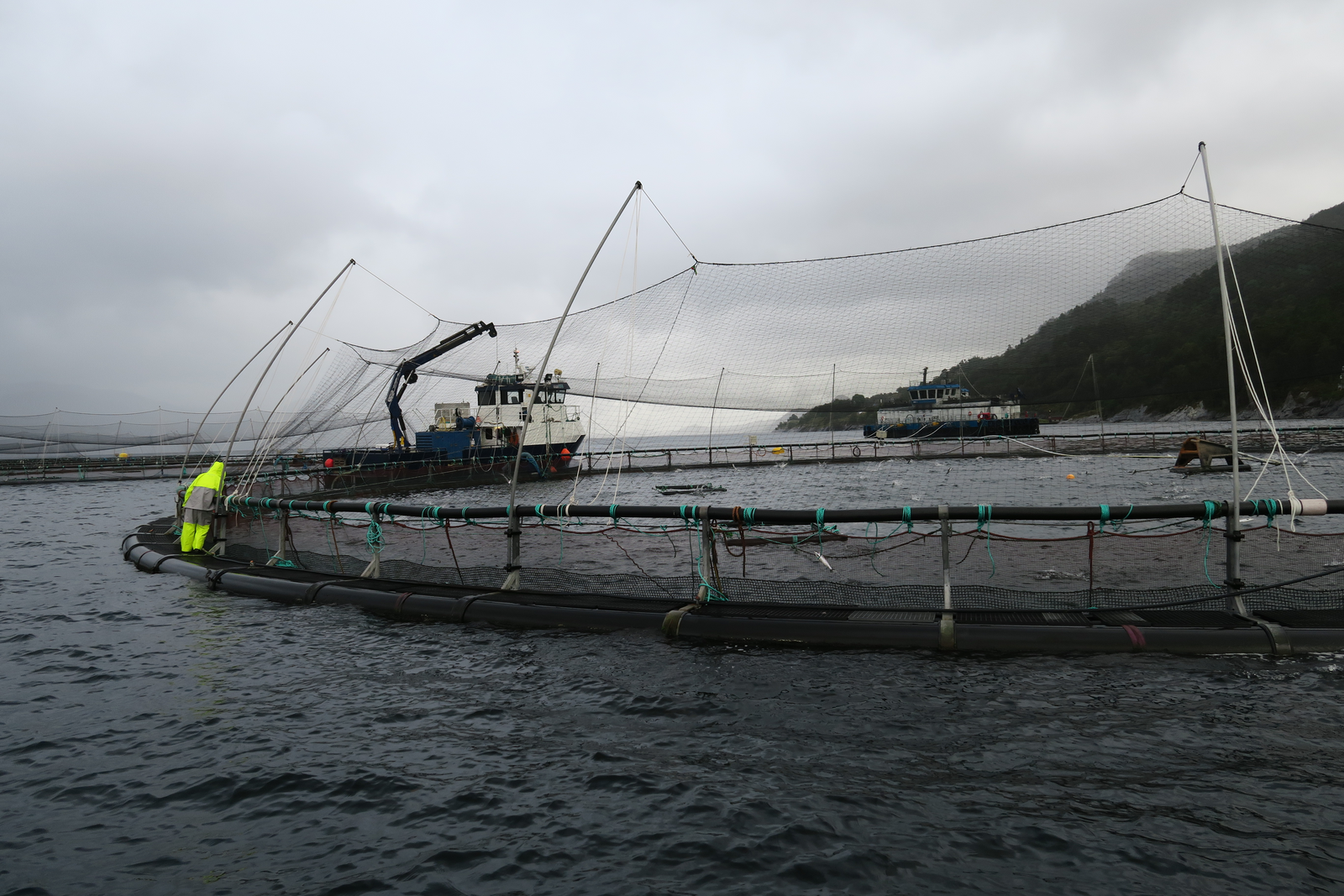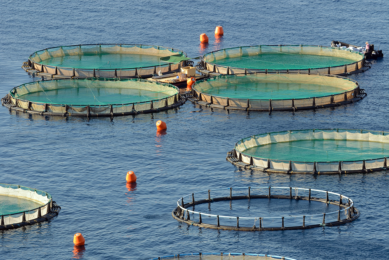Inorganic feed phosphates for fish diets

Diets are changing, with more plant protein sources being used instead of fish meal and other animal sources. Since vegetal proteins hardly contribute to digestible phosphorus in the diets, inorganic feed phosphates have to be added.
In an attempt to lower the FIFO (fish in – fish out) ratio in the production of diets for aquaculture because of sustainability issues, use of fish meal (and fish oil) has been reduced strongly over the past few years. However, the increased use of plant protein concentrates has led to lower levels of both phosphorus (P) and digestible phosphorus (dP) in aquaculture diets. Use of inorganic feed phosphates, therefore, has increased significantly over the past few years and is now common practice. On average, their inclusion rate in salmon feeds is close to 1%. Rock phosphate is the basis for all phosphates and mineral products containing phosphorus. However, rock phosphate resources are finite and, depending on the scenario, will become depleted sooner or later. And, although only a small amount of rock phosphate is used in the production of inorganic feed phosphates, it is crucial that phosphates with a high, predictable digestible phosphorus content are used. In this way, less phosphate is needed in the diet and less phosphorus ends up in the environment. According to some models, losses of up to 70% are possible in diets for aqua species. It is, therefore, of supreme importance that customers know as accurately as possible the phosphorus digestibility, and/or retainability, of the different feed phosphates on the market. Here we summarise the results of some field trials into the digestibility of feed phosphates.
Inorganic feed phosphates
Phosphorus (P) is an essential mineral element for all living species, including fish. Of the P used in fish feed 46% originates from marine ingredients, 30% from plant ingredients and the remaining 24% is added in the form of inorganic feed phosphates (Nofima, figures for 2012). The loss of P from intensively reared fish to the environment is of concern. Consequently, in feed for fish preferably inorganic feed phosphates with a high and known P availability / digestibility should be included to ensure that P requirements are met and at the same time subsequent discharge of P into the environment is limited. Inorganic feed phosphates contain a high level of total P next to a predictable level of digestible P. The digestibility of different phosphates is however not the same, as it appears that the P digestibility of different inorganic feed phosphates increases with increasing solubility, with monobasic phosphates having a higher digestibility than dibasic or tribasic phosphates. The P digestibility (availability) of feed phosphates can be measured using different indirect parameters such as growth rate and bone parameters (i.e. % P, % bone ash). The direct measurement of the apparent absorption of dietary P from the intestinal tract (apparent digestibility) is, however, the preferred method because it simply measures the difference between ingested and excreted. P. Purified diets (casein-gelatine based) fortified with amino acids, vitamins and minerals (excluding the mineral to be tested, in this case phosphorus) are used in these trials (Nutrient requirements of fish, 1993). Phosphorus (from the feed phosphates to be tested) is added to the trial feeds below the requirement of the fish species, in order to archive maximum utilisation of the phosphorus source. Controlled recirculation systems are used for these trials. An indigestible marker is added to the feed (i.e. Yttrium oxide). To enable the calculation of the P digestibility of the feed phosphates also a negative control (no added phosphorus) is used. Parameters controlled are growth, feed intake, (feed conversion) and feed composition. The stripping method is normally applied to sample faeces for P digestibility determination.
Extensive trial record in fish
The high level of availability / P digestibility of the feed phosphates from Aliphos have been backed up by trials with poultry, pigs and ruminants. Trial work into the P digestibility of its feed phosphates for fish have been carried out since the beginning of the year 2000. These trials have mainly been carried out with trout and later also with salmon (Figure 1). Phosphates included were Aliphos Dical (dihydrate dicalcium phosphate; DCP), Aliphos Monocal (monocalcium phosphate; MCP) and Windmill Monamphos (monoammonium phosphate; MAP). The results are expressed as relative figures to Windmill Monamphos, the latter set on 100%. Results into P digestibility and P retention show that dicalcium phosphate (DCP) has a very low (relative) level of available P of only 48%, Monocalcium phosphate (MCP) only reaches a (relative) level of 69% with monoammonium phosphate (MAP) set at 100%. Based on the outcome of these trials the following advice on the dP values for the different feed phosphates can be given (Figures 2 and 3). From which it is evident that Windmill Monamphos is the preferred feed phosphate for aquaculture because of its high total P and digestible P content. The latter is even more important since feed for aqua species are more and more based on vegetal proteins and space is becoming by far the limiting factor.
References available on request.
The role of calcium
Calcium (Ca) is absorbed from the surrounding water by the gills. It is, therefore, difficult to control the total Ca intake. Since fish are capable of absorbing sufficient amounts of Ca from the surrounding water, normally no additional Ca has to be supplied via the feed. However, calcium is present in almost all feed ingredients. Therefore, attention should be paid to the Ca/P ratio in the feed. A ratio that is too wide can affect the P digestibility of the feed through the formation of indigestible Ca phosphates in the intestinal track due to the increase in pH after passing through the stomach. Therefore, if an additional supply of P is needed, Ca-free feed phosphates or feed phosphates with a Ca/P ratio of below 1 are preferred.











